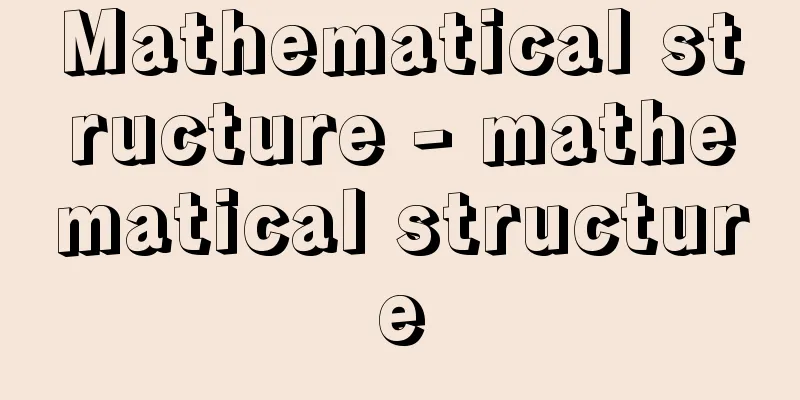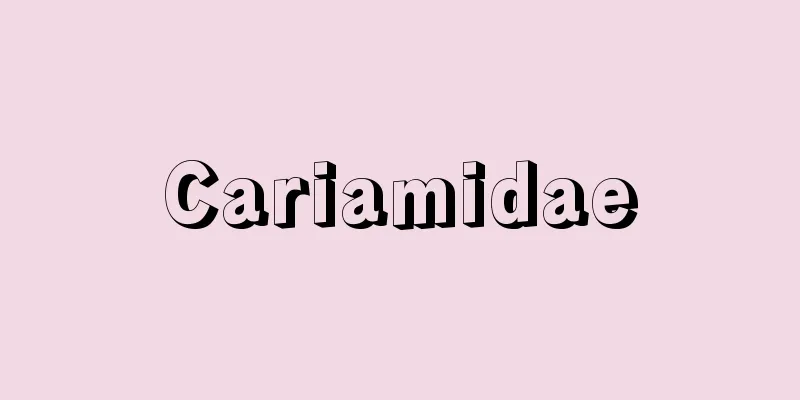Mathematical structure - mathematical structure

|
This is an important concept often used in mathematics, and it seeks to clarify the mechanisms by which things such as orders, groups, rings, fields, topological spaces, and measures are constructed and structured through relationships and algorithms, as well as the differences and similarities between them. Let us first explain the order structure by taking Z , the set of integers, as an example. On Z , there is a magnitude relation ≦, such as 3≦5. The following properties are satisfied for all elements of Z. That is, (1) a ≦ a (reflexive law), (2) if a ≦ b , b ≦ a , then a = b (antisymmetric law), (3) if a ≦ b , b ≦ c , then a ≦ c (transitive law) and a ≦ b or b ≦ a hold. If we consider the set {( x , y )| x ≦ y } for this order relation, it defines a collection of ordered pairs of Z , that is, a subset of the Cartesian product Z × Z of Z. This is called the graph of the relation ≦. We can also think of the relation ≦ as a mapping from Z to truth values. That is, if we write truth as 1 and false as 0, and consider the set 2 = {0, 1}, then ≦ is a mapping, ≦: Z × Z →2. In this way, for a set A and a pair ( A : R ) of binary relations R on it, we have the property aRa For example, in the case of topological spaces, there are various definitions, such as neighborhood systems, open set families, and closures. If we use closures to describe it, the property for a set A and a mapping of the closure: P ( A )→ P ( A ) ( P ( A ) is the power set of A , i.e., all subsets of A ) is Such a concrete description of the relationships between certain fundamental sets and the mappings between them, as well as the relationships that hold between their elements (usually called axioms), is called a mathematical structure. [Namba Kanji] Source: Shogakukan Encyclopedia Nipponica About Encyclopedia Nipponica Information | Legend |
|
数学でよく用いられる重要な概念で、たとえば順序、群、環、体(たい)、位相空間とか測度などが、どのような関係や算法によって組み立てられ、構造をなしているか、また、それらの差異や類似性がどのようになっているかの仕組みを明らかにしようとするものである。 ここでは整数の全体Zを例にとり、まず順序構造について説明しよう。Zの上には3≦5というような大小関係≦がある。そして、すべてのZの元について次のような性質が満足されている。すなわち、(1)a≦a(反射律)、(2)a≦b, b≦aならばa=b(反対称律)、(3)a≦b, b≦cならばa≦c(推移律)およびa≦bまたはb≦aが成立する。この順序関係に対して集合{(x, y)|x≦y}を考えれば、これはZの順序対の集まり、すなわちZの直積Z×Zの部分集合を定める。これを関係≦のグラフとよぶ。また関係≦をZから真偽値への写像と考えることもできる。すなわち真を1、偽を0で記し、その集まり2={0, 1}を考えれば、≦は写像として、≦:Z×Z→2である。このように一つの集合Aと、その上の二項関係Rの組(A:R)について性質 また、たとえば位相空間の場合でも、いろいろの定義、すなわち近傍系、開集合族とか閉包によるものがあるが、閉包を用いて記述すれば、集合Aと閉包の写像 ̄:P(A)→P(A)(P(A)はAのべき集合、すなわちAの部分集合の全体)に対して性質 このように何個かの基本的集合とその間の写像との関係と、それらの元の間に成立する関係(通常公理とよばれる)を具体的に述べたものを数学的構造とよんでいる。 [難波完爾] 出典 小学館 日本大百科全書(ニッポニカ)日本大百科全書(ニッポニカ)について 情報 | 凡例 |
Recommend
SIMD method
...A system that integrates a large number (hundr...
Okuhino Prefectural Natural Park - Okuhino Prefectural Natural Park
A natural park located in the southwest of Tottori...
ENGLISH
(From Inglês, Inglez Engelsch) An old name for Eng...
Onigiri (food) - Onigiri
...Rice balls made into a solid ball. Also called...
Ochiai (music) - Ochiai
...The first section, called daijo, was a place o...
Filariasis
Also known as threadworms. A thread-like parasitic...
Rayleigh waves - Rayleigh
An elastic wave that travels along the surface of ...
Chemical transmitter
A general term for substances released from the n...
"Gyokusencho" - Gyokusenjo
...Because he maintained a long and extraordinary...
Antinoos
…He was the first emperor in Roman history to hav...
Koto music - Soukyoku
The name of a genre of Japanese music that uses t...
International Straits - International Straits
According to the provisions of Part III of the Un...
"The Moon Leaking from the Weaving Palace" - Orido no Ki Morutsuki
...The first link between Yamauba and the world o...
canabae
…Long-distance trade flourished, with goods flowi...
Autonomous Republic of Adzharia (English spelling)
An autonomous republic occupying the southwestern ...









